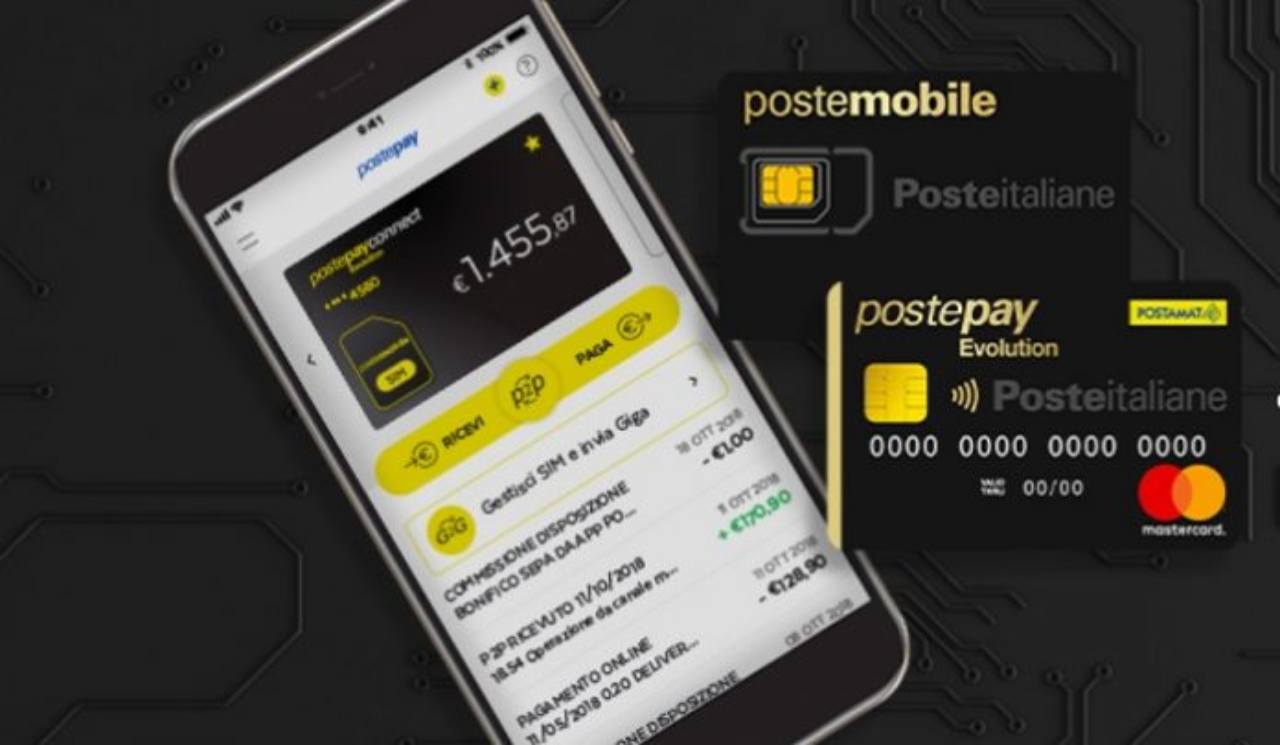When he was due to go on vacation to Morocco, a Cadurcien almost canceled all his plans after a positive PCR test. But this one was not. A rare error but which can happen depending on the laboratory responsible for the analysis.
It came close to it. The story took place on July 4 and 5, two hellish days for the main protagonist. When Nassim * asks his sister, a nurse, to perform a PCR test, he doesn’t expect him to come back positive from the lab. Then began a commotion for this Cadurcien who was preparing to go on vacation to Morocco the following evening. He cancels his rental, warns his two colleagues that they have been declared contact cases with the Health Insurance and prepares to spend his week of vacation confined.
“Yet I was careful,” said the 27-year-old man who works in the paramedical. Tapped by doubt and motivated by his sister, Nassim decides to take a test again, this time antigenic on the morning of August 5. 20 minutes later, the result falls: it is negative. Prohibited, Nassim then goes to the Bio 3 laboratory which had analyzed his sample the day before to try to understand. After a new analysis of the first sample, the laboratory ends up recognizing its error due, it is said, to “a strong positive which would have contaminated everything”.
Contamination between samples
It is therefore provided with a letter from Bio 3 indicating that a “technical problem” occurred on the automaton of their site of Montauban had returned a result “false positive” and ensuring to transmit the new result to the health insurance , which Nassim finally manages to embark bound for Morocco as planned at the end of the day. “I left for Toulouse airport as soon as I knew it was a mistake but it was already late, I had the plane barely. In the emergency, I did not even have time to properly pack my suitcase, “says Nassim, still shaken by this hasty departure on vacation.
At the Bio 3 laboratory, we assume the error. “Like all laboratory tests, sometimes we have false positives or false negatives. This can be related to interfering substances or contamination between samples, especially if one of them has a viral load. very high “, explains one of the biologists. “We are sorry for this gentleman, but it can happen to any laboratory, although it is very rare. To my knowledge, this is the only false result we have had since we started the Covid-19 analyzes. in May 2020. “
–


